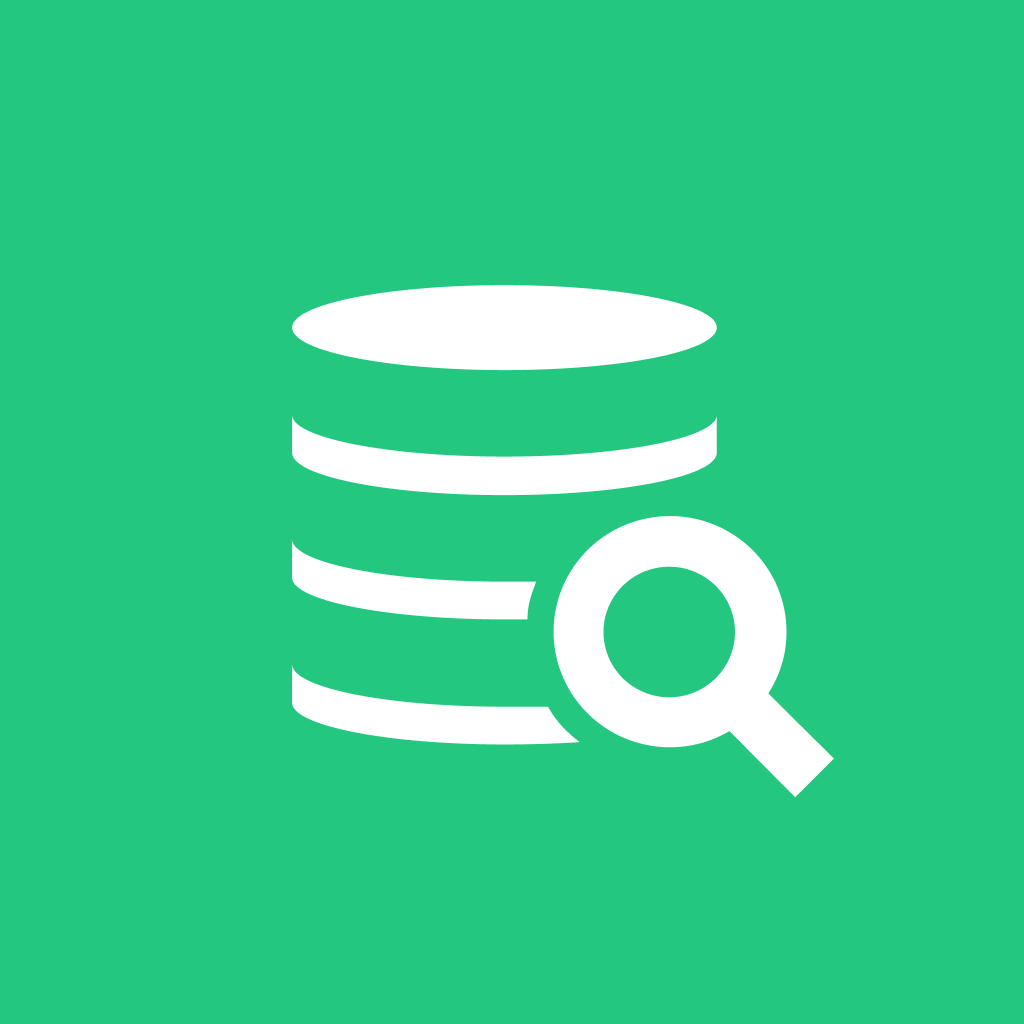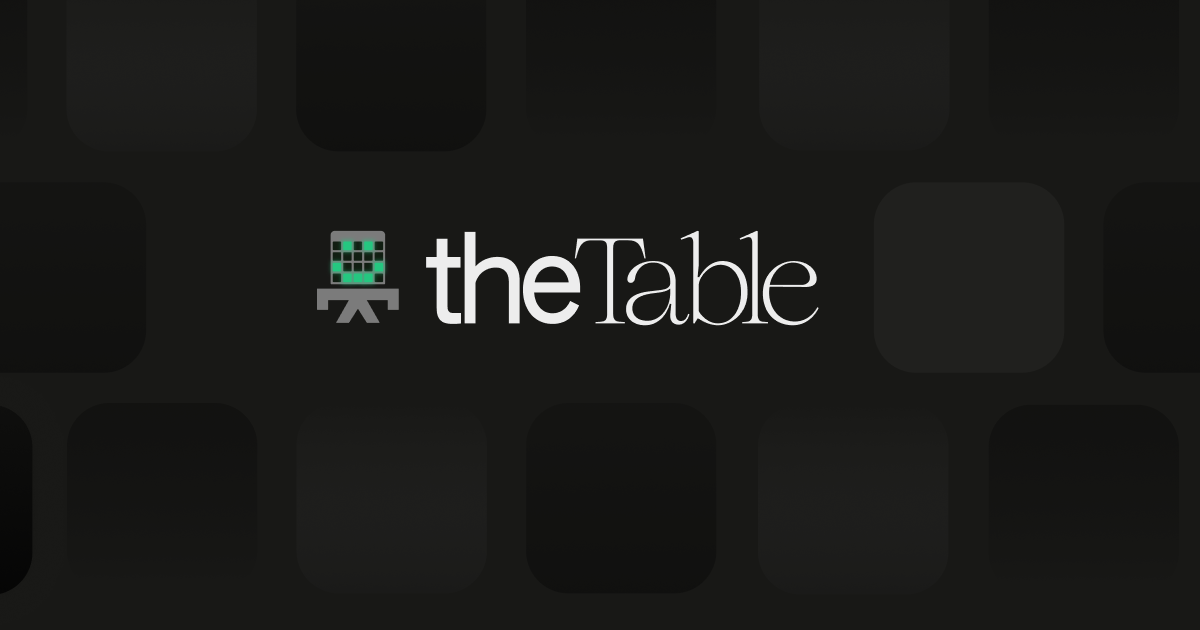SQL DELETE Queries: A Concise Overview
 DbVisualizer
DbVisualizer
DELETE queries allow developers and DBAs to remove unwanted data from tables. They are crucial for cleaning up databases and correcting errors.
A typical DELETE query looks like this.
DELETE FROM table_name
WHERE condition;
Useful modifiers include:
LOW_PRIORITY: Delays execution until higher-priority queries finish.
QUICK: Optimizes index usage for MyISAM tables.
IGNORE: Skips errors during deletion.
LIMIT: Controls the number of rows deleted.
Partition-Based Deletion
Partitions in tables can be managed with DELETE queries.
DELETE FROM table_name PARTITION (partition_name)
WHERE condition;
Using TRUNCATE instead of DELETE to clear partitions can improve performance.
TRUNCATE table_name PARTITION (partition_name);
FAQ
What’s the main difference between DELETE and TRUNCATE?
DELETE removes specific rows, while TRUNCATE clears the entire table or partition. TRUNCATE is quicker due to lower overhead.
Can I speed up DELETE queries?
Yes, removing unnecessary indexes can help, especially for large datasets.
When should I choose DELETE over TRUNCATE?
Use DELETE for removing specific data and TRUNCATE when clearing entire tables.
How does WHERE improve DELETE operations?
The WHERE clause targets specific rows, preventing full table deletion.
Conclusion
DELETE queries are essential for database maintenance. Learning when and how to use them, along with alternatives like TRUNCATE, ensures your databases remain optimized. Check out the article DELETE Queries – Advanced CRUD explanation part 4 for more tips and advanced strategies.
Subscribe to my newsletter
Read articles from DbVisualizer directly inside your inbox. Subscribe to the newsletter, and don't miss out.
Written by

DbVisualizer
DbVisualizer
DbVisualizer is the database client with the highest user satisfaction. It is used for development, analytics, maintenance, and more, by database professionals all over the world. It connects to all popular databases and runs on Win, macOS & Linux.